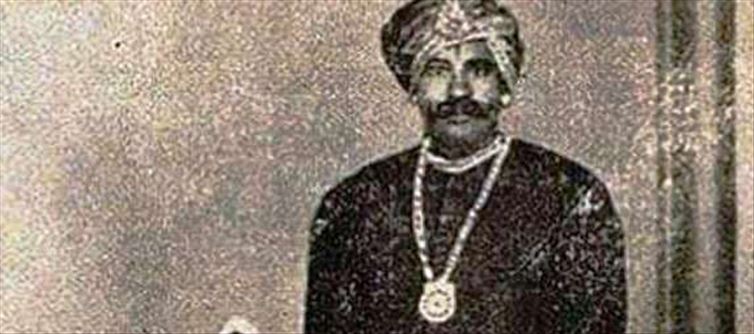
He claims that the narasimha Reddy uprising in 1846 was really the work of more than 5,000 peasants in the Cuddapah area. The Taluk's peasants and working-class residents, who had long-standing complaints against the british government, had supported Polygar narasimha Reddy's uprising against foreign control. The author noted that as a result of revenue regulations put in place by the british in the first half of the 19th century, the peasants of the ceded territories have endured financial oppression and a fear of privation ever since the british Company government was established.
The interests of the local peasants were not taken into consideration by the british corporate authorities. The adoption of new land revenue restrictions caused the village headmen, who were responsible for the entire village community, to feel as though their long-held privileges had been taken away.




 click and follow Indiaherald WhatsApp channel
click and follow Indiaherald WhatsApp channel